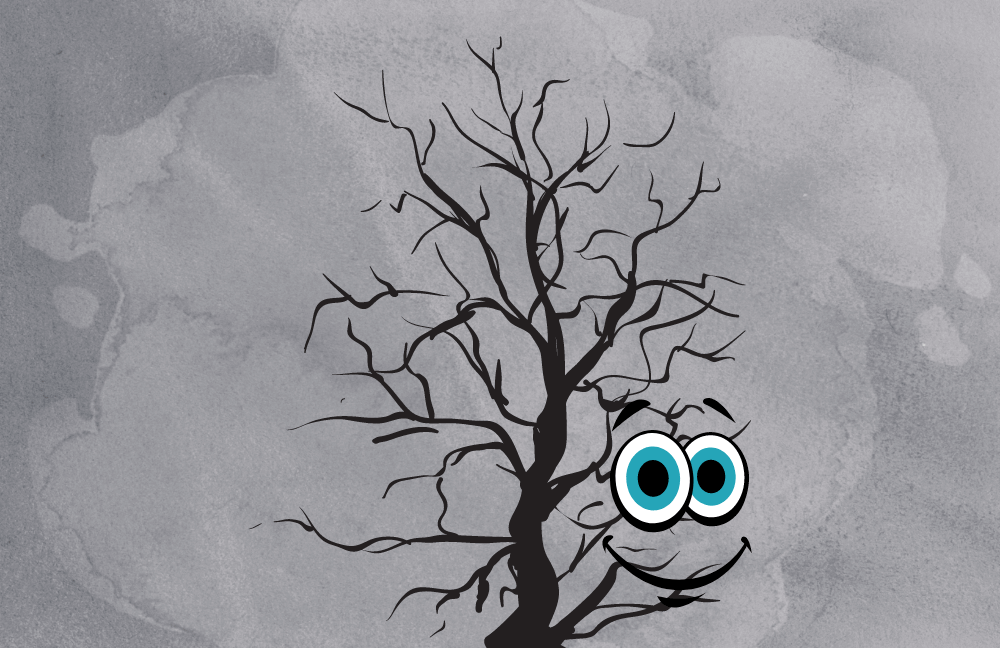Emotion Focused Therapy (EFT)
What is Emotion Focused Therapy?
Emotion-focused therapy (EFT) is a humanistic psychotherapy that helps people access and change their emotional experiences. As the name hints, this would involve expression and interpretation of negative emotions; hence the necessity of a robust therapist-client interpersonal relationship. The basic tenets of humanistic therapy like empathy, unconditional respect and a non-judgmental approach towards the client become important contributors of the healing process. Emotions are fundamentally adaptive resources in healthy human beings. Hence, not feeling them is not desirable. Feeling positive, helpful and effective emotions is necessary for a good life.
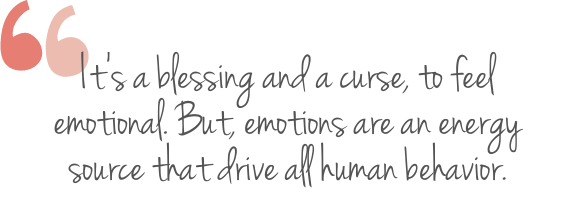
Why Do Emotions Matter?
Basic theories assert that feelings are vital to survival and we need them to thrive. If we didn’t feel, we would miss important environmental cues – some of which protect us from danger while others enhance our motivation to do better. For example, if we weren’t alerted by fear that stimulates the stress response (fight, flight, or freeze) we wouldn’t be geared to face a stressor that could be life threatening.
Likewise, anger is a response to boundary violation and motivates us to protect our rights, sadness is a reaction to loss and leads us to seek consolation, hatred is a retort to a noxious object or person and organizes us to get rid of it, shame is our answer to being undervalued and pushes us to improve our perceived flaws; and so on. Feelings are like the North Star guiding us. If we didn’t feel the way we do about our life goals (no matter how big or small), we wouldn’t organize ourselves enough to take action to meet them.
Fundamental Basis of EFT
EFT is best offered by a trained psychotherapist. However, a psychiatrist who practices therapy; possesses the neurological acumen of behavior that adds to therapy efficacy. EFT works on the premise that negative mood states like anxiety and depression are rooted in maladaptive emotions such as overgeneralized fear and shame. And positive mood states like happiness and contentment are embedded on adaptive emotions like acceptance and tolerance.
Adaptive emotions like assertive anger, controlled apprehension, and limited sadness modulate the experience and make it more tolerable. Also, when one is in an extremely volatile emotional state, a cognitive approach is not feasible. At such a time, the helpfulness of a soothing and validating relationship with the therapist, being listened to and understood; and being able to share experiences, is known to facilitate the process of restoration and recovery.
Negative experiences, especially those in interpersonal relationships, steal faith from optimism. EFT helps in accessing, activating, and productively processing negative emotions. This is crucial in order to gain back the lost control over life. Working with demanding emotions is not easy. It’s challenging for anyone to express them openly, and equitably hard for the therapist to welcome, process and then transform them from the client’s perspective. That is why a good client-therapist fit is critical for EFT to work.
Therapeutic Principles of EFT
The prime focus in EFT is to help you become aware of how you feel (positive and negative) and label this rightly. The next challenge is to accept feelings, tolerate them even if they are uncomfortable, and make meaning of the signals they’re sending to you. Your emotions offer vital messages. You have to put those to use. This is accomplished by accessing the real deep-seated emotion, rearranging previous memories and transforming your reality adaptively to meet the goal of happiness. Here are some constructs of EFT.
Primary Emotions
Secondary Emotions
Adaptive Emotions
Maladaptive Emotions
Maladaptive emotions do not allow useful or purposeful action. They are reflections of past painful experiences and negative memories. They become so automatic that you tend to use them regularly and the end result is unhappiness, anxiety and unrest.
Distinguishing Process
Emotion Transformation
Where is EFT used?
EFT impact has been researched and proven efficacious in depression, generalized anxiety, phobia, social anxiety, post-traumatic stress disorder, obsessive-compulsive disorder, panic disorder, agoraphobia, specific phobias, eating disorders, relationship problems, personality disorders, pregnancy related psychological conditions, as well as childhood and adolescent anxiety and depression. Yet, its applicability is not restricted to psychological disorders and psychiatric illnesses alone. It is used in relational problems, adjustment problems, emotional quotient (EQ) building and self-enhancement to combat negative emotions on an everyday basis.
EFT demands commitment and participation and also offers an unconditional supportive framework where you feel understood, supported and bolstered. The compassionate, non-judgmental, and reflective approach to listening and questioning, helps you arrive at a better understanding of your own emotions.
What should I expect from EFT?
When you embark on the EFT journey it means that you are willing to teach yourself to emote in healthy ways. You become aware of the morbid emotional reactions that were creating and maintaining anxiety, panic, depression, jealousy, shame, rage, guilt, and more. This way you learn that you have control over your emotional destiny. While this sounds idealistic, it is both systematic and structured, so it can be realistic based on the way you approach it.
Through the therapy process, your underlying emotional schemas (complex automatic internal emotional models) are surfaced, and your unique emotional meanings are assessed. In order for emotional change to occur, it is very important to be attentive of the minute-by-minute emotional experience. Recording your emotions helps in this awareness. Once these emotions are accessible, then the processing of emotions takes place during therapy.
EFT with Dr Shefali Batra
As a psychiatrist as well as psychotherapist practicing diverse therapies, Dr Shefali guides you through cognitive, mindfulness and neurobehavioral milestones to help you think, feel and behave emotively. She engages you in your own wellness, encourages you to perform the emotive homework, and monitors your emotions closely. Then with the therapy protocols in place, you gradually get empowered to battle any negative emotion. You learn how to reflect on emotions, and switch from an automatic mode, to a mindful approach. In time you develop a mature and responsive attitude towards yourself. This reflects in a confident, optimistic and wholesome life.
Dr Shefali Batra was interviewed by VERVE Magazine on Demystifying Mental Health. She explained the applicability of different therapies and how they help.
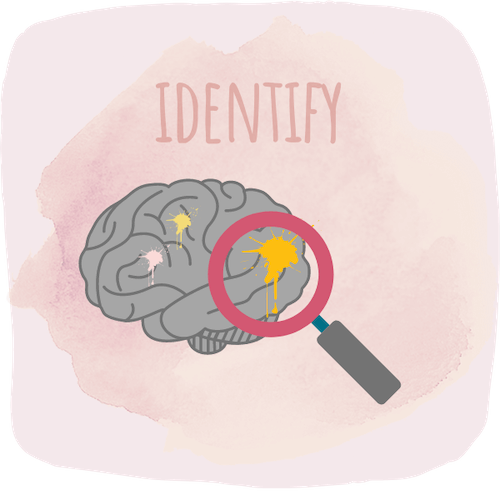
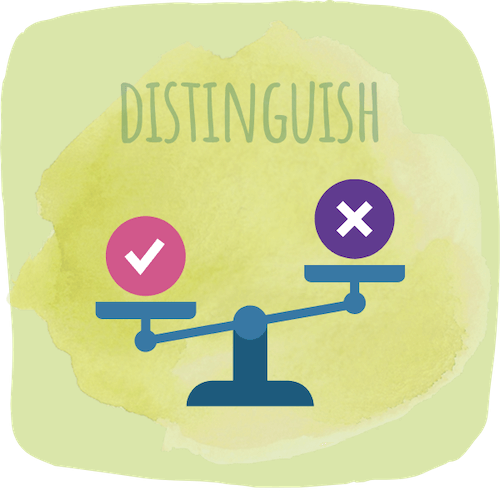
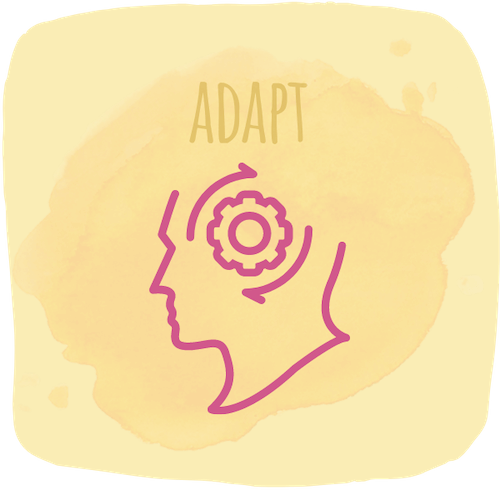

References
- Timulak, L., Keogh, D., (2020). Emotion-Focused Therapy: A Transdiagnostic Formulation. J. Contemp. Psychother; 50:1–13.
- Greenberg, L. S., (2011). Emotion-Focused Therapy. American Psychological Association; Washington, DC, USA.
- Greenberg, L. S., Rice, L. N., Elliott, R. K., (1996). Facilitating Emotional Change: The Moment-by-Moment Process. Guilford Press; New York, NY, USA.
Latest Posts
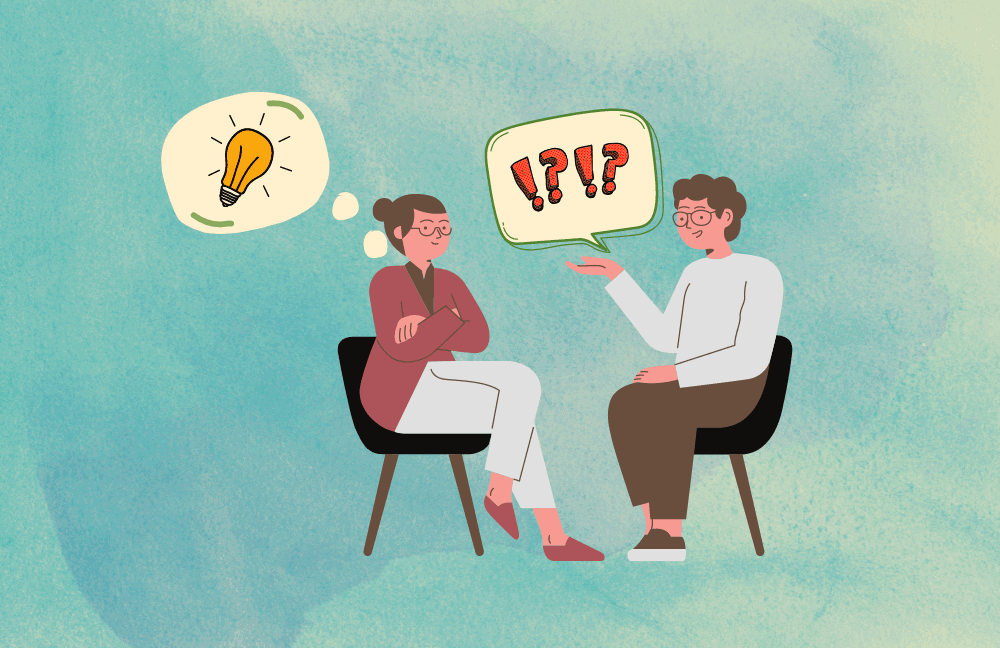
7 Reasons Why You Should Seek Therapy
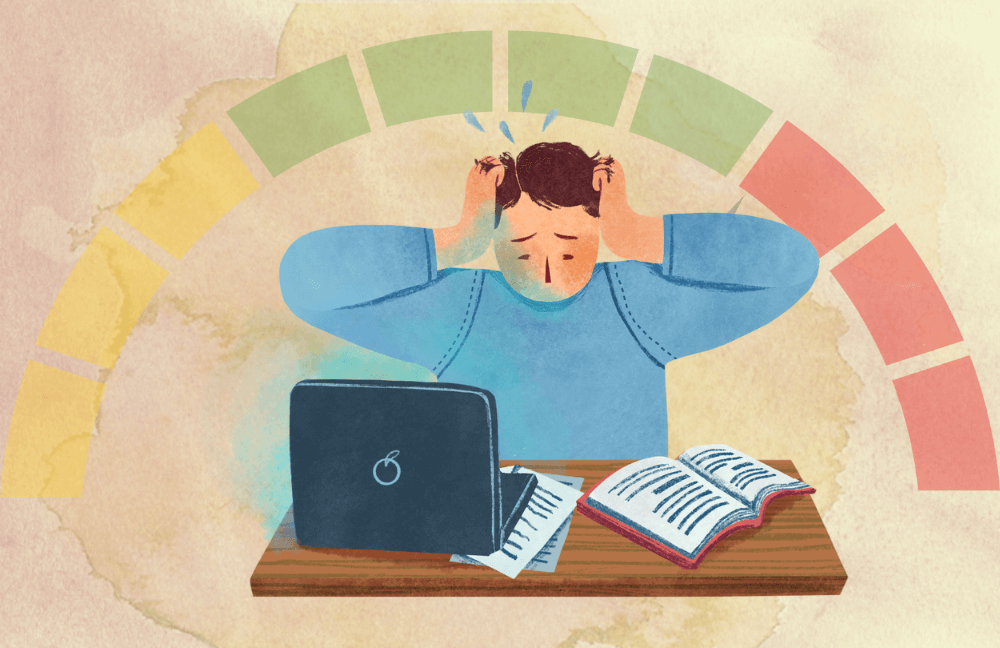
7 Questions About Workplace Stress Answered
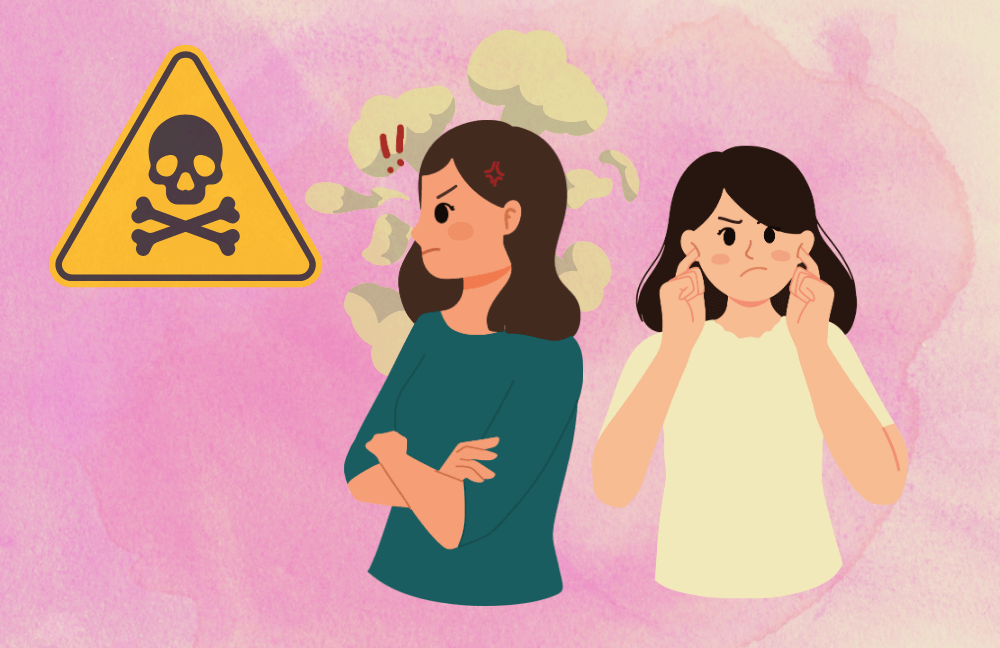
5 Ways To Deal With A Toxic Coworker
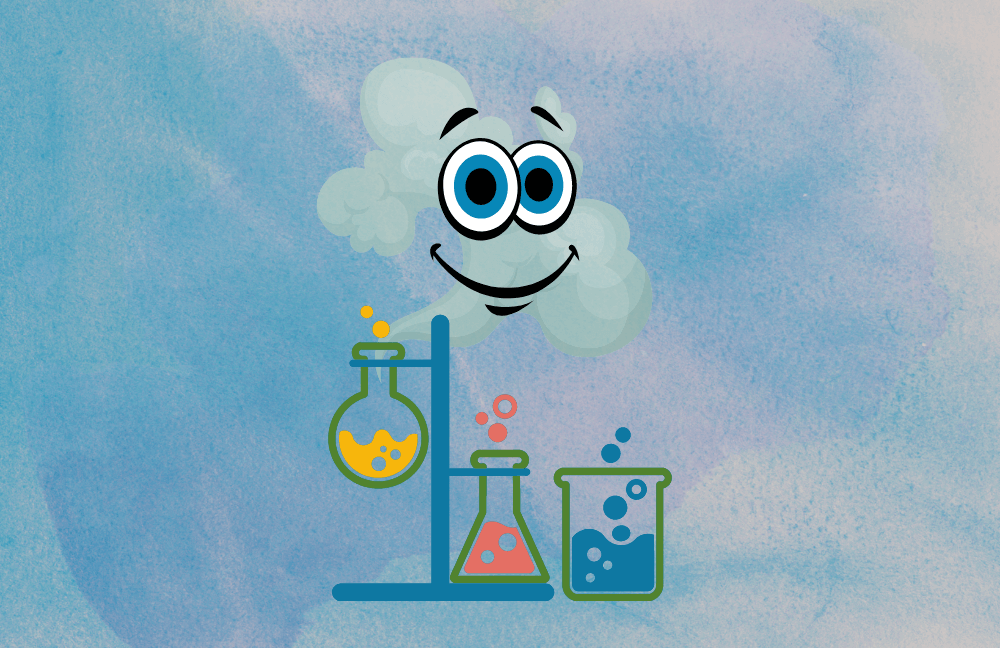
Science of Happiness: 1000s Of Years Of Research
